 Abraham Lincoln
If given the truth, the people can be depended upon to meet any national crisis...
Abraham Lincoln
If given the truth, the people can be depended upon to meet any national crisis...
 Guildford news...
for Guildford people, brought to you by Guildford reporters - Guildford's own news service
Guildford news...
for Guildford people, brought to you by Guildford reporters - Guildford's own news service
Birdwatcher’s Diary No.242
Published on: 19 Oct, 2021
Updated on: 19 Oct, 2021
By Malcolm Fincham
The feel of autumn was upon us. Although mild and sunny spells had returned, another high pressure system had moved in over the UK. Evenings were rapidly closing in and nights were getting longer and cooler.
By October 4 the first redwings of autumn were beginning to “seep” in to the UK from Scandinavia. The few loose flocks of up to a dozen I saw had obviously preset their “sat-navs” for destinations further afield, and had not been tempted to settle on the rowan trees nearby, while I watched from my observation point on Whitmoor Common.
The rowan trees near to the car park in Salt Box Road were mostly overshadowed by the oaks trees’ greed for light.
Although spindly, the rowans had produced a good crop of berries, bearing enough fruit to keep resident birds content.
A few bullfinches eluded the dog walkers that passed by who were unaware of their presence.
More timid to view were the various resident thrushes.
I kept my distance from the trees they were feeding from so as not to disturb them as I attempted a few pictures.
To my surprise a nuthatch appeared landing in the tree I stood under. Ignoring or unaware of me, it did a thorough investigation of the branches as it looked for a meal.
A robin let its presence be known twittering a few chords of its song as it curiously watched on.
Adding to the day’s sightings was a great spotted woodpecker.
While nearby in the old horse paddocks was a green woodpecker.
And a jay rummaged about in a small glade where a silver birch had fallen.
Late in the afternoon a group of linnets perched up for a while in a dead tree.
A few mistle thrushes could viewed nearby.
And a kestrel came out to hunt over the heathland.
Meadow pipits continued to grow in number, counting 50 or more when they took to the air briefly disappearing back out of sight into the area of waterlogged scrub.
Daytime temperatures began to fall a little towards the end of the second week of October to not much above double figures centigrade. With air flowing more from the north, wintering thrushes had now begun to arrive in big numbers.
At Britten’s Pond the four cygnets had now become more independent of their parents. Occasionally they would take practise runs as if ready to leave? Using the whole length of the pond when doing so.
The weather remained warm enough for a few dragonflies to still glide back and forth over the water.
While several grey wagtails chased one and other around the lake.
Several moorhens were in playful mood giving chase to each other across the water.
The three tame greylag geese that remained settled, were keeping an eye out for anyone who might turn up to feed the mallards residing there.
Long-tailed tits continued to feed in a pack looking for insects in the overhanging trees around the pond, often with blue tits, great tits as well as goldcrests following.
As many as four cormorants fished the pond on a few occasions.
And a little grebe had returned with thoughts of wintering there once again.
And of course the kingfisher continued to be a challenge to my photography skills.
To my surprise on October 12, as the early evening light began to fade, a bat could be seen hawking insects across the water.
In St Mary’s churchyard, Worplesdon, a firecrest could be heard, once again calling.
With acorns being a scarce commodity this year, apparently due to the wet spring, jays locally had switched their diets to raiding beech trees. As many as six, or maybe more could be seen in and around the tree near the entrance to the car park.
A few blackbirds gingerly feed on the yew berries in the churchyard, aware that the poison is only in the seed, if broken.
A few speckled wood butterflies danced around each other in the dappled sunlight between the trees.
Red admiral butterflies settled on the ivy blossom where the sun shone.
While a few ivy bees could still be seen.
By October 13, the invasion had well and truly begun. Reports from respected fellow Surrey birdwatchers were counts in excess of a 1,000 redwings seen in flight.
Both locally on Pewley Down as well as places such as Banstead. At Leith Hill, from the tower, 34,727 redwings had been counted flying west (a new Surrey record!)
Click here for Surrey bird club reports. And this was also one of the largest-ever national counts.
The movement of these birds occurs in the autumn to early winter and they often move at night making a “tseep” contact call that can carry a long distance.
It is said, in myths, that these high-pitched calls on misty nights so close to “All Hallows’ Eve” were believed to be witches flying over on their broomsticks!
Renown for their nocturnal migration, they would have been familiar to country people for centuries as a symbol of the arrival of late autumn and the onset of winter.
A rare venture in recent weeks on the afternoon of October 13 was less productive for me in redwing sightings while on my walk in Effingham Forest.
However, several firecrests could be heard, one of which showed well just a few yards from where I had parked.
Although on this occasion not having the pleasure of seeing common crossbills that I had seen there earlier in the year, I did have the delight of viewing at least four hawfinches.
A common buzzard perched up in a tree along the track.
While a little later in the day when stopping off at Sheepleas near West Horsley on my return home, it allowed me views of my first brambling this year, counting at least four.
The best I could do in the way of ‘flyovers’ however, was winter movement of wood pigeons.
At the Riverside Nature Reserve, near Burpham, on October 14, I recorded a few pictures of a stonechat from the boardwalk. I have seen it there several times since last winter.
A Cetti’s warbler could be heard calling, now from a different point of the boardwalk that I had first heard it just a few days before.
Also viewed from the boardwalk at least two chiffchaffs could be seen.
Goldfinches were observed in a small flock from the towpath along the River Wey.
While at least two grey herons could be viewed from Stoke Lock.
Responses to Birdwatcher’s Diary No.242
Leave a Comment Cancel replyPlease see our comments policy. All comments are moderated and may take time to appear.
Recent Articles
- Guildford Institute’s Crowdfunding Project for Accessible Toilet in its New Community and Wellbeing Centre
- Letter: Guildford – Another Opportunity Missed?
- Letter: GBC’s Corporate Strategy – Where Is the Ambition?
- My Memories of John Mayall at a Ground-breaking Gig in Guildford Nearly Six Decades Ago
- Westborough HMO Plans ‘Losing the Heart of the Street’ Says Resident
- College Invests to Boost Surrey’s Economy and Close Digital Skills Gap
- Community Lottery Brings Big Wins for Local Charities
- GBC Housing Plan Promises ‘A Vibrant Urban Neighbourhood’ Near Town Centre
- Hospital Pillows ‘Shortage’ at the Royal Surrey
- Updated: Caravans Set Up Camp at Ash Manor School


Recent Comments
- Ian Macpherson on Updated: Main Guildford to Godalming Road Closed Until August 1
- Sara Tokunaga on GBC Housing Plan Promises ‘A Vibrant Urban Neighbourhood’ Near Town Centre
- Michael Courtnage on Daily Mail Online Reports Guildford Has Highest-paid Council Officer
- Alan Judge on GBC Housing Plan Promises ‘A Vibrant Urban Neighbourhood’ Near Town Centre
- John Perkins on GBC Housing Plan Promises ‘A Vibrant Urban Neighbourhood’ Near Town Centre
- S Collins on GBC Housing Plan Promises ‘A Vibrant Urban Neighbourhood’ Near Town Centre
Search in Site
Media Gallery
Dragon Interview: Local Artist Leaves Her Mark At One of England’s Most Historic Buildings
January 21, 2023 / No Comment / Read MoreDragon Interview: Lib Dem Planning Chair: ‘Current Policy Doesn’t Work for Local People’
January 19, 2023 / No Comment / Read MoreA3 Tunnel in Guildford ‘Necessary’ for New Homes, Says Guildford’s MP
January 10, 2023 / No Comment / Read More‘Madness’ for London Road Scheme to Go Ahead Against ‘Huge Opposition’, Says SCC Leader
January 6, 2023 / No Comment / Read MoreCouncillor’s Son Starts Campaign for More Consultation on North Street Plan
December 30, 2022 / No Comment / Read MoreCounty Council Climbs Down Over London Road Works – Further ‘Engagement’ Period Announced
December 14, 2022 / No Comment / Read MoreDragon Interview: GBC Reaction to the Government’s Expected Decision to Relax Housing Targets
December 7, 2022 / No Comment / Read MoreHow Can Our Town Centre Businesses Recover? Watch the Shop Front Debate
May 18, 2020 / No Comment / Read More




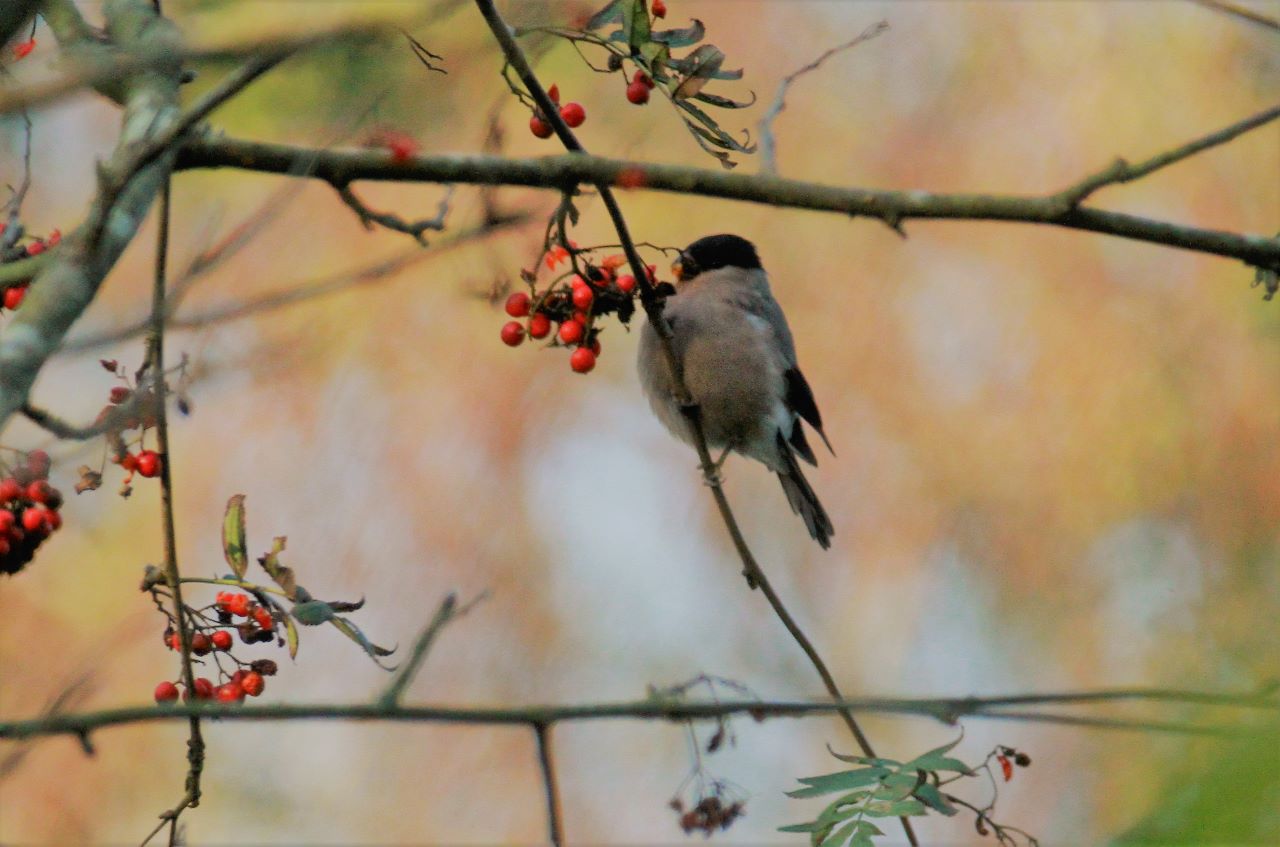





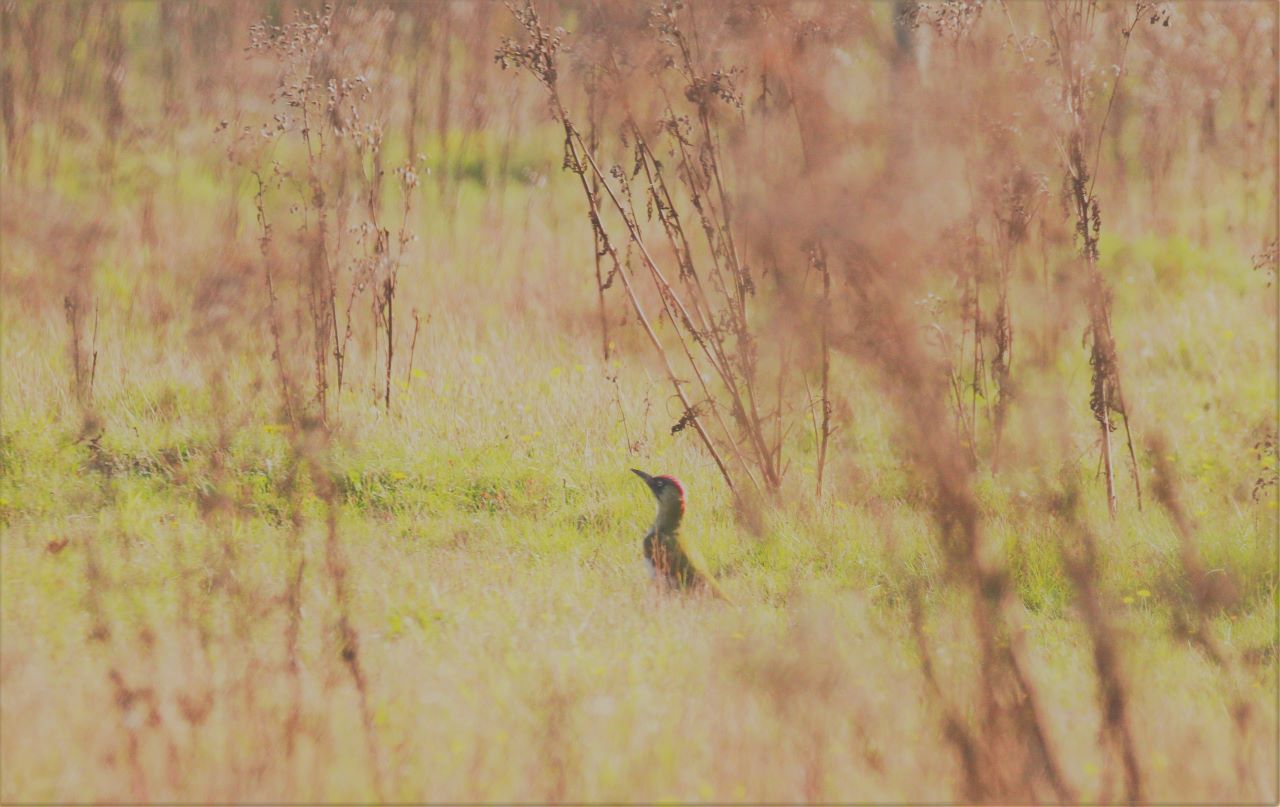
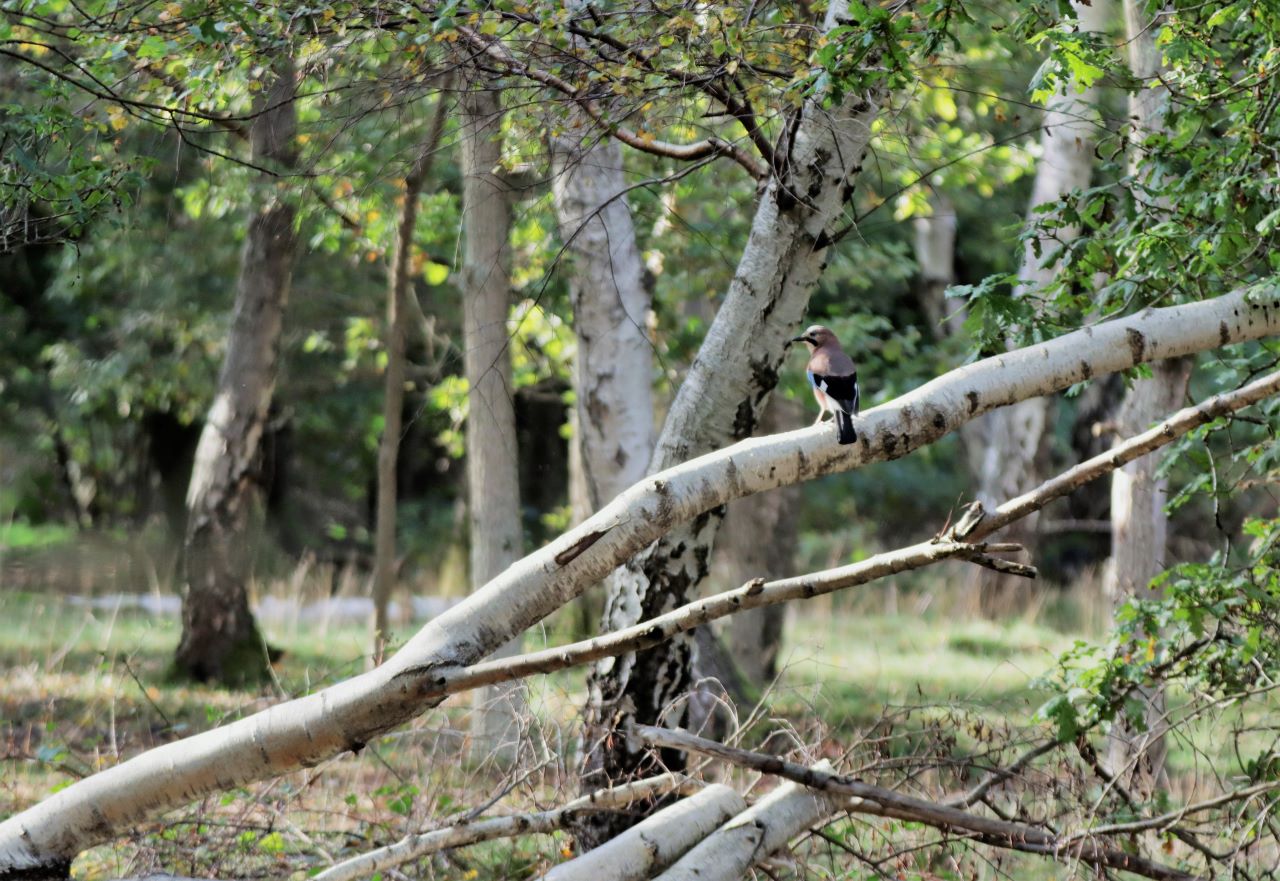

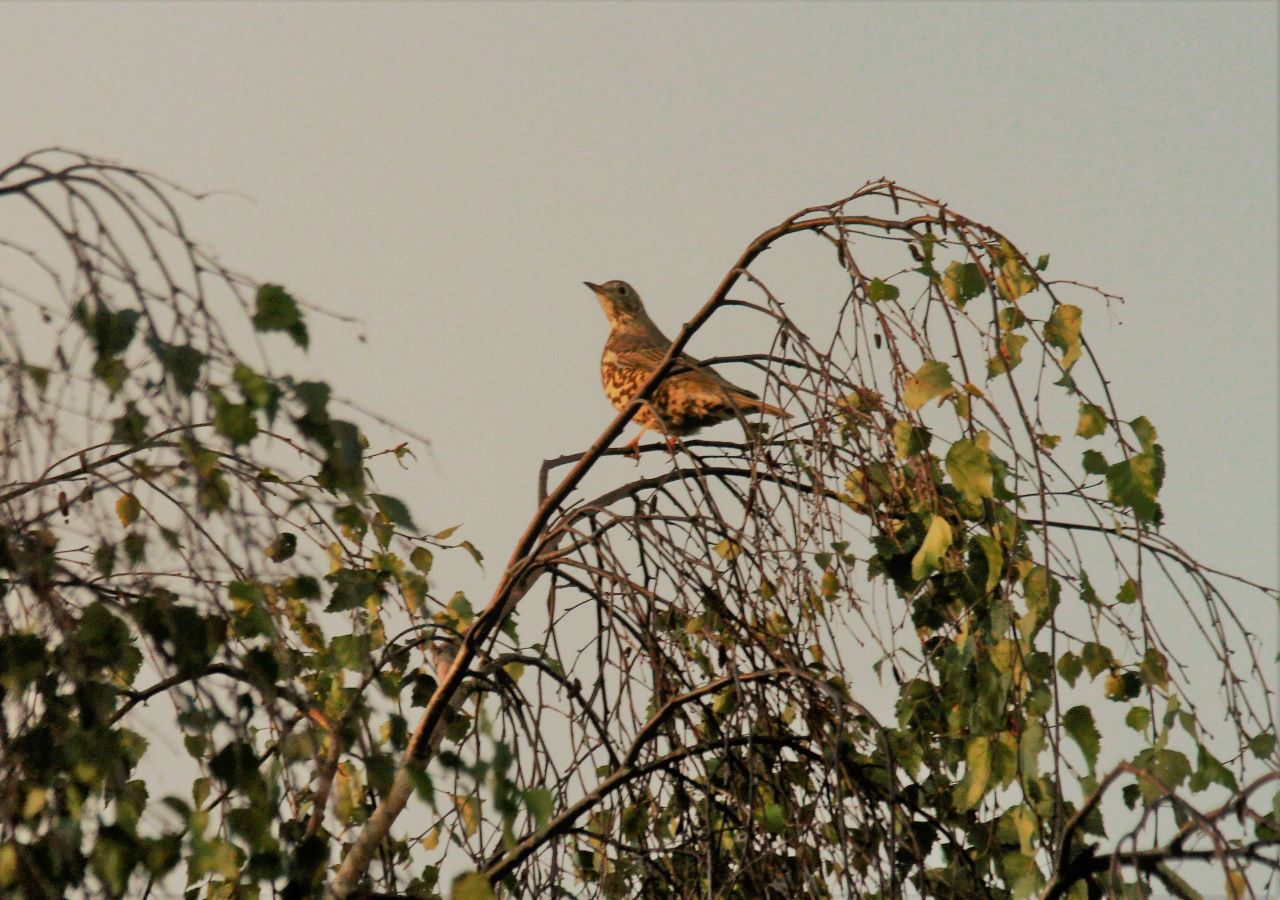


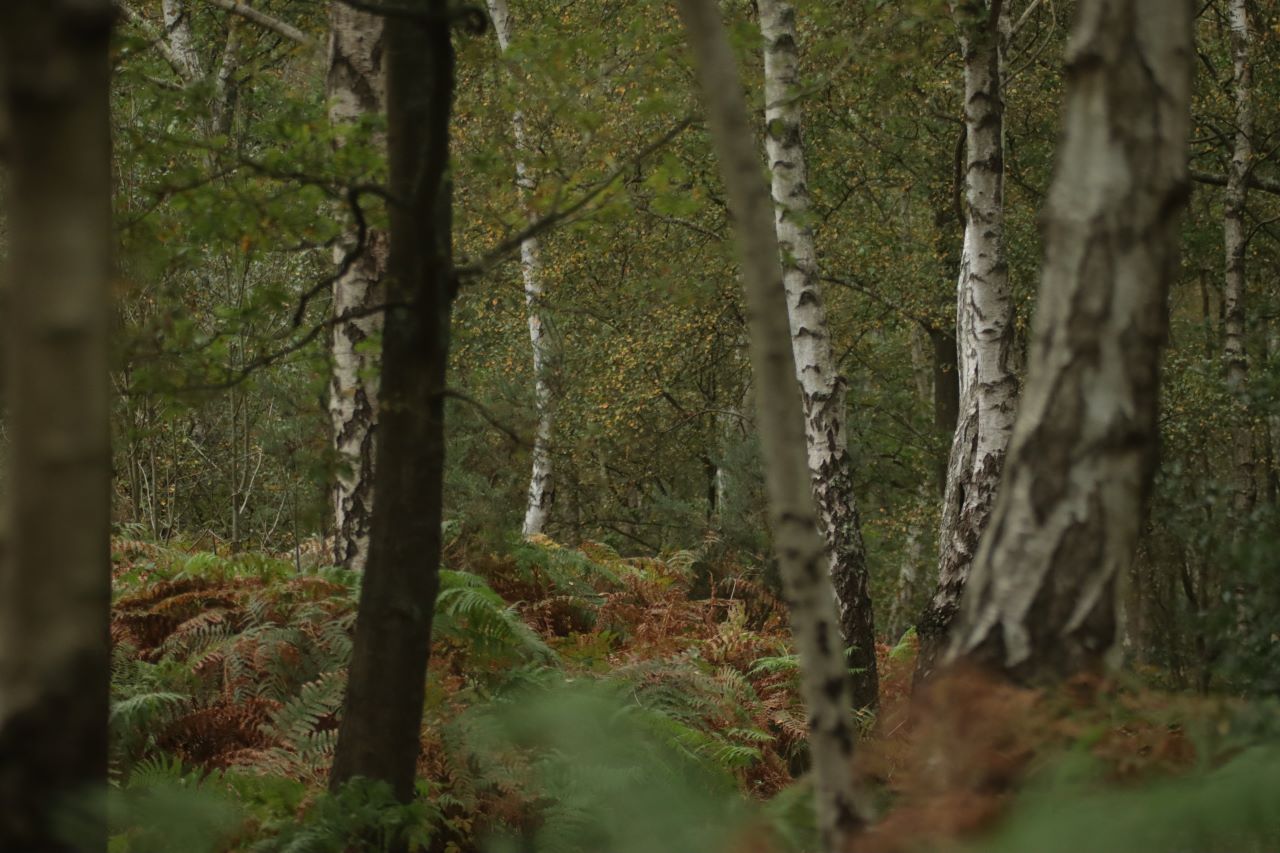

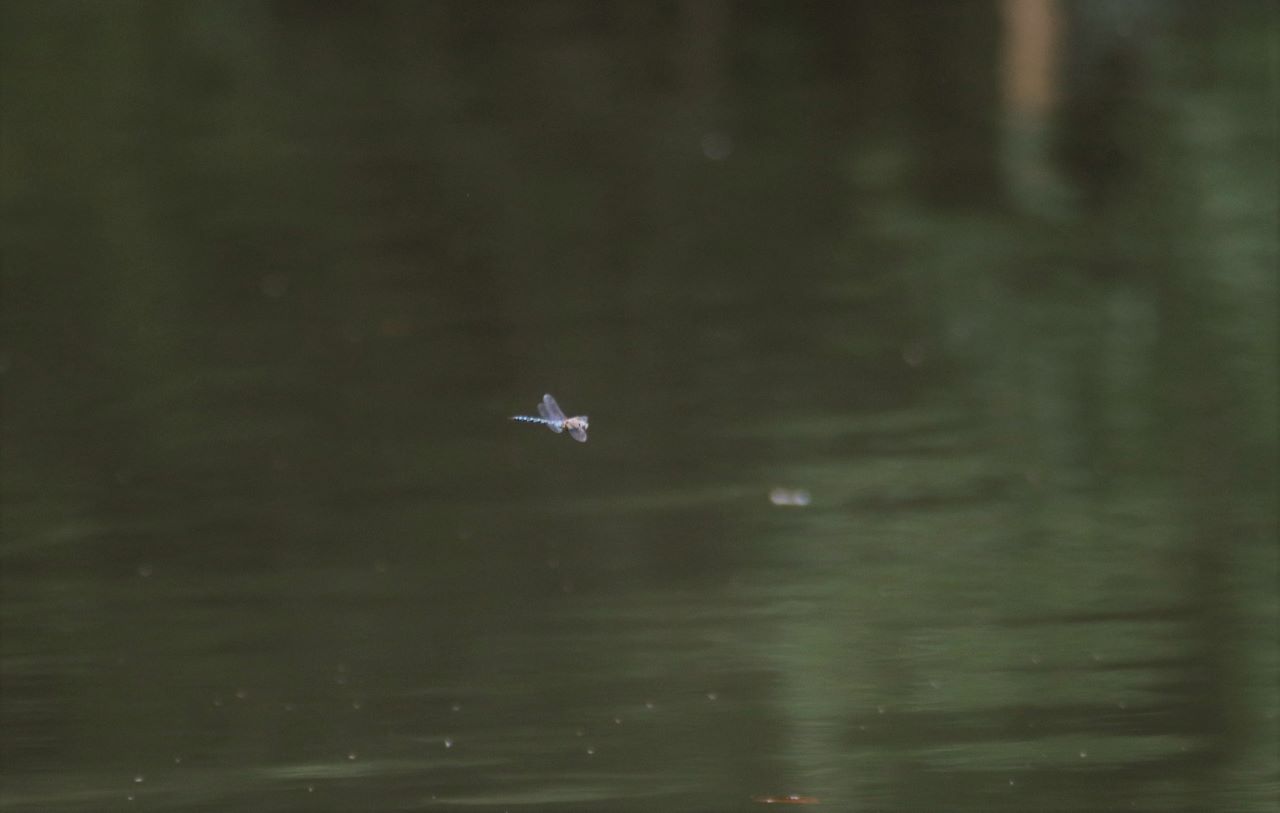
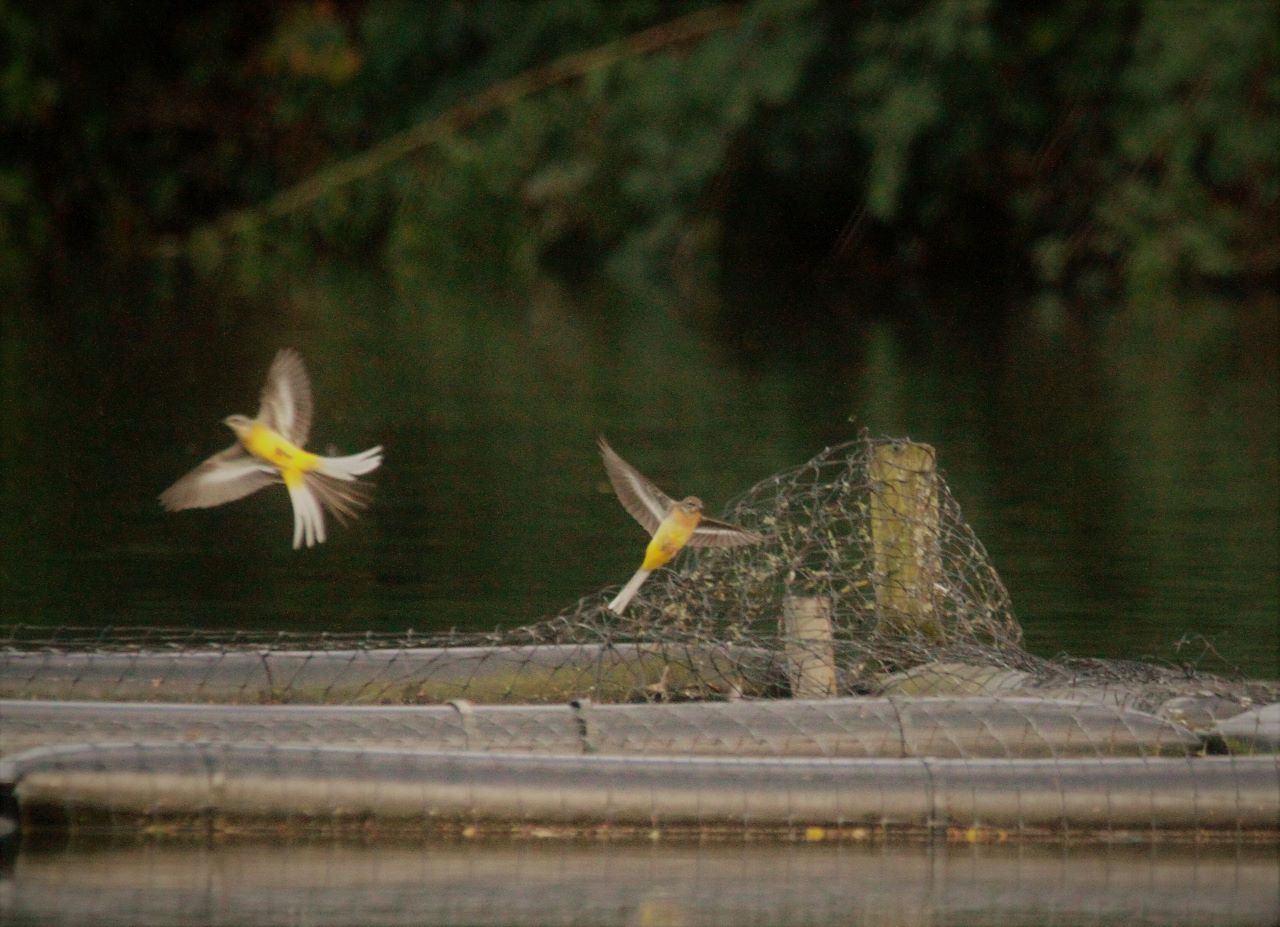
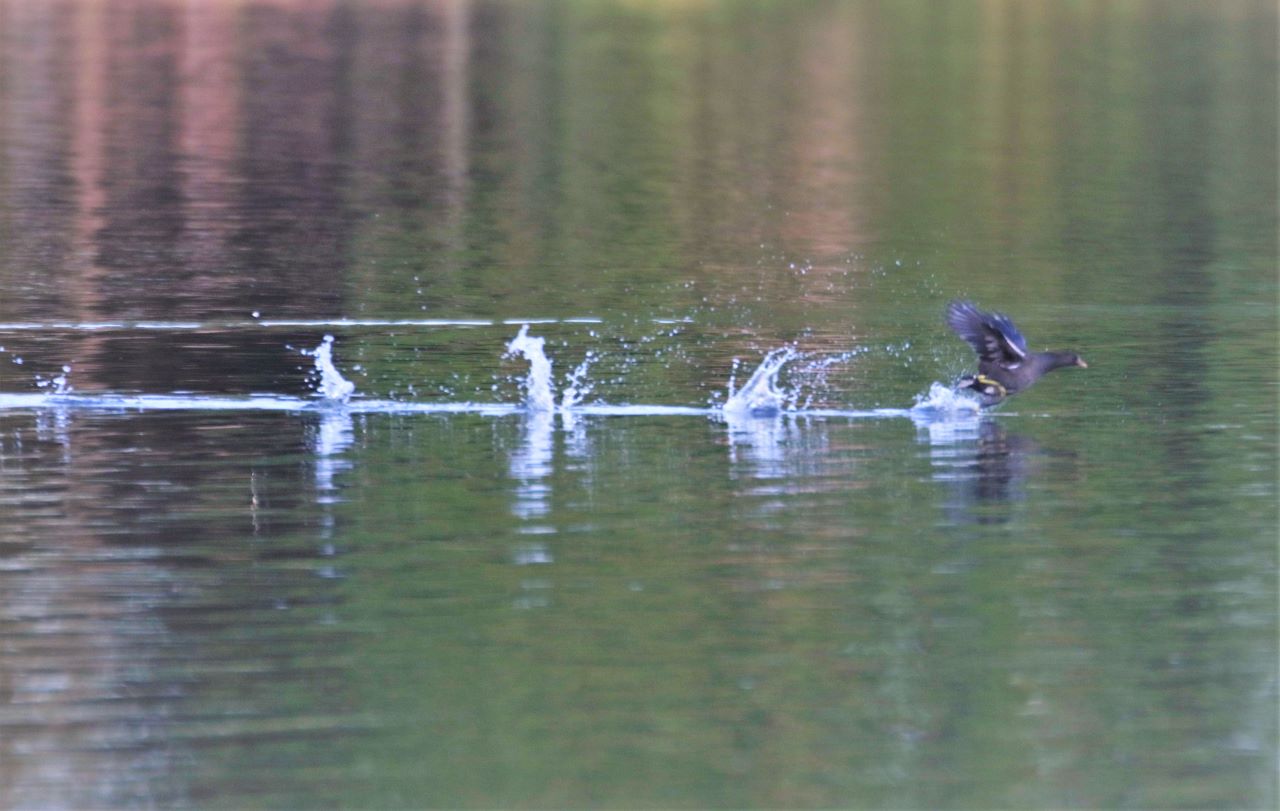
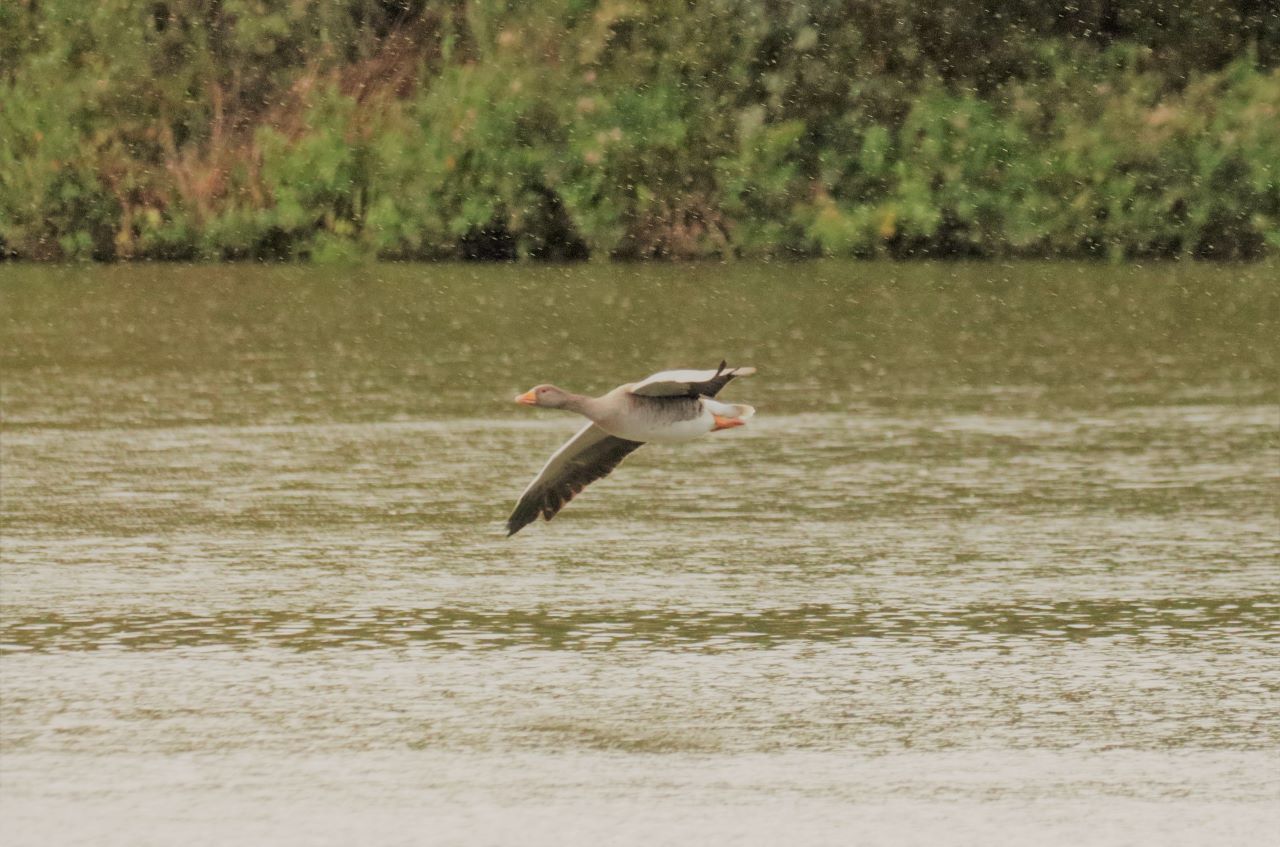


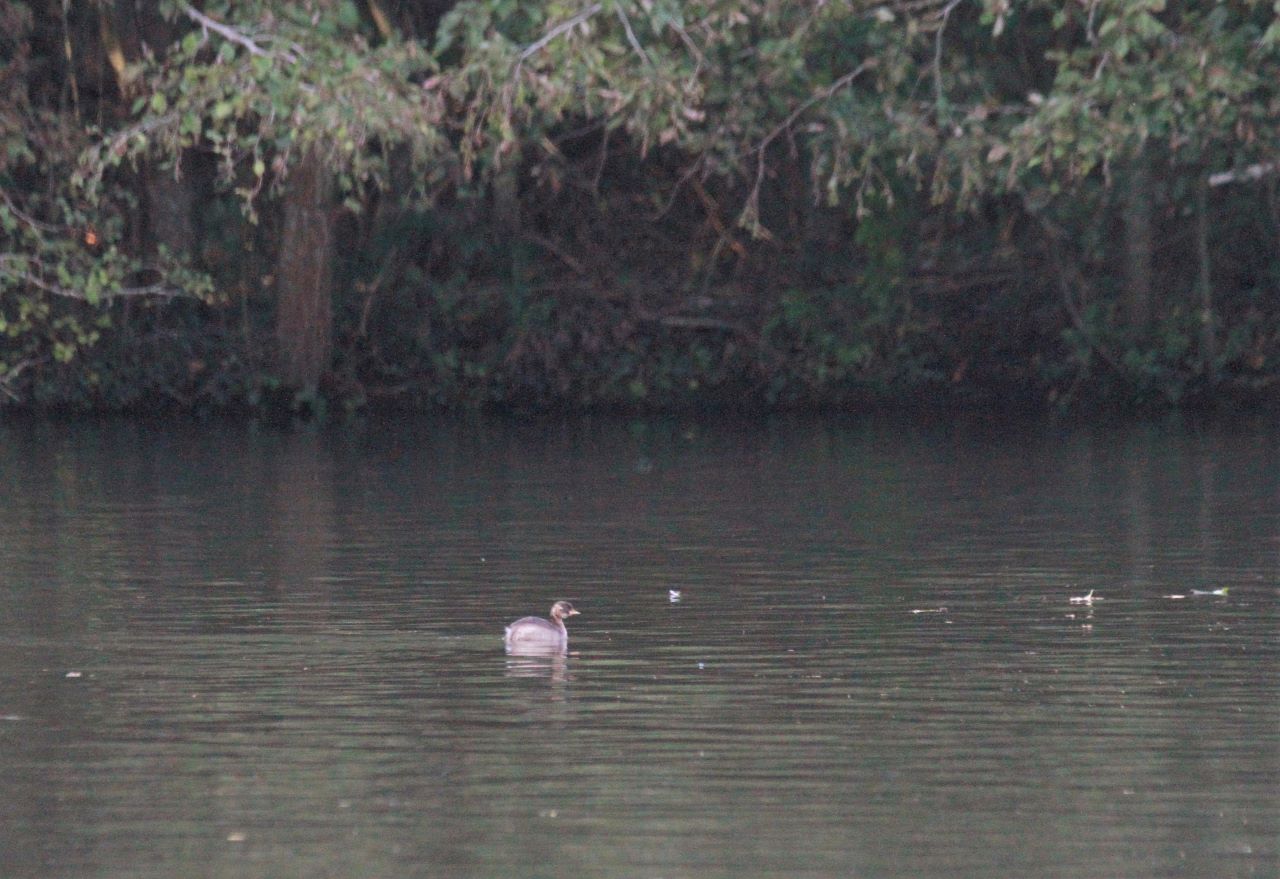
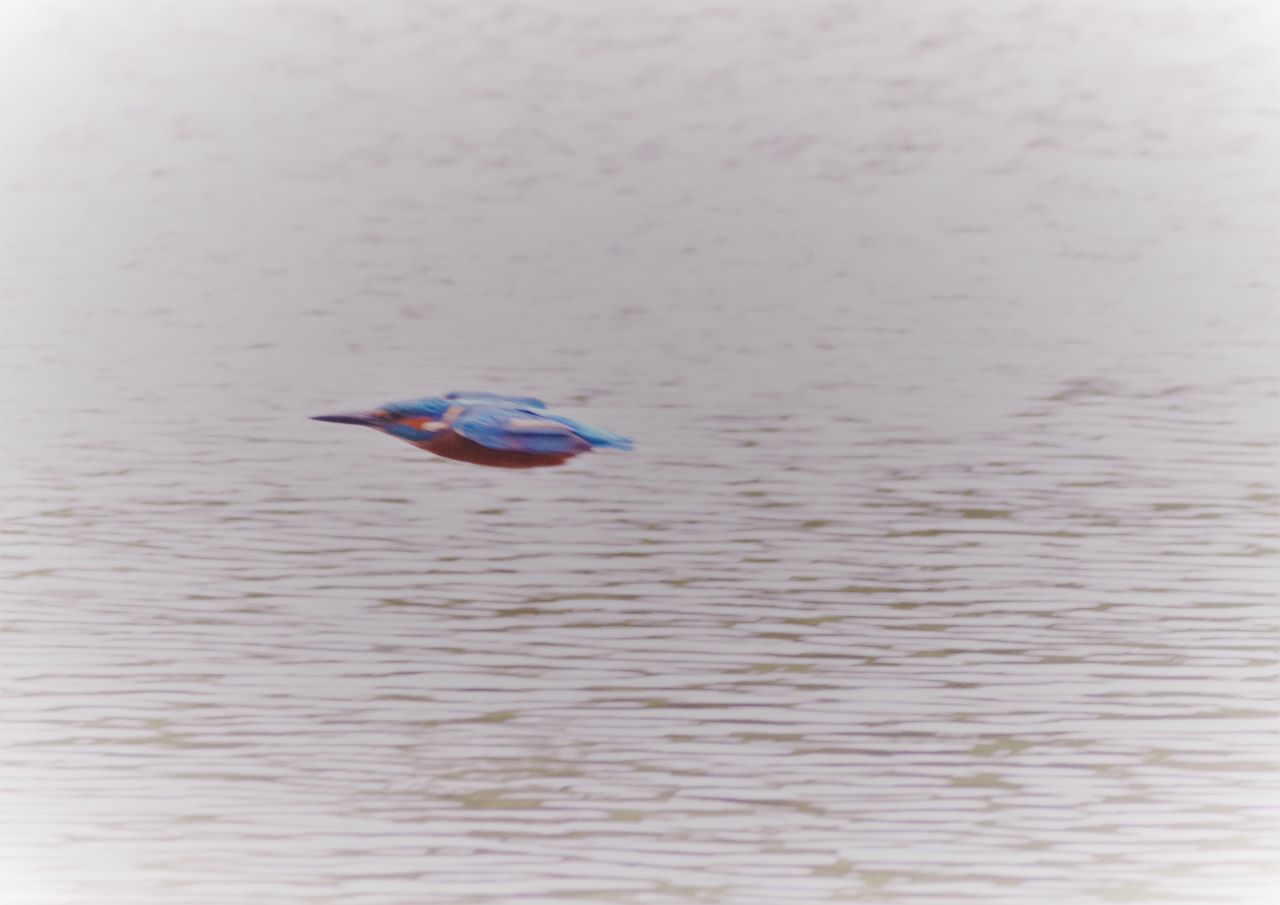

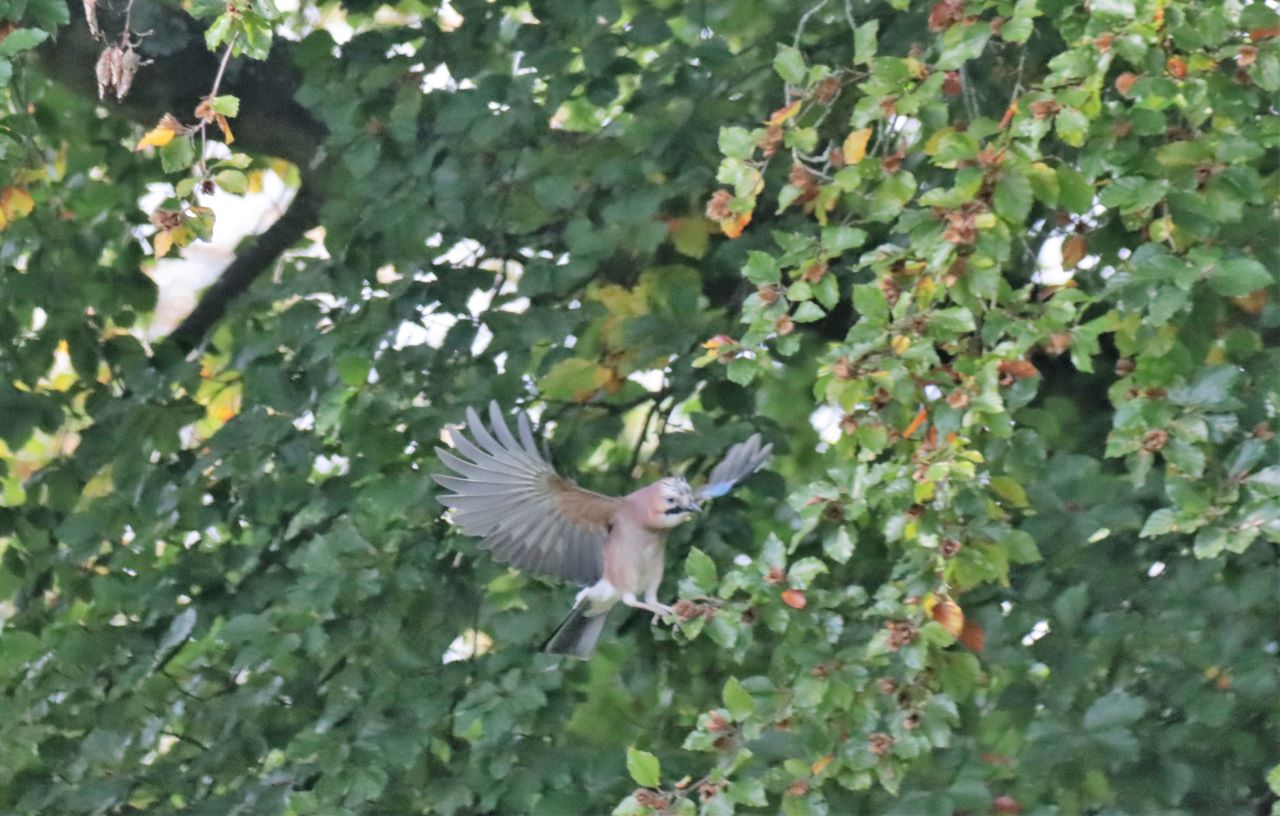
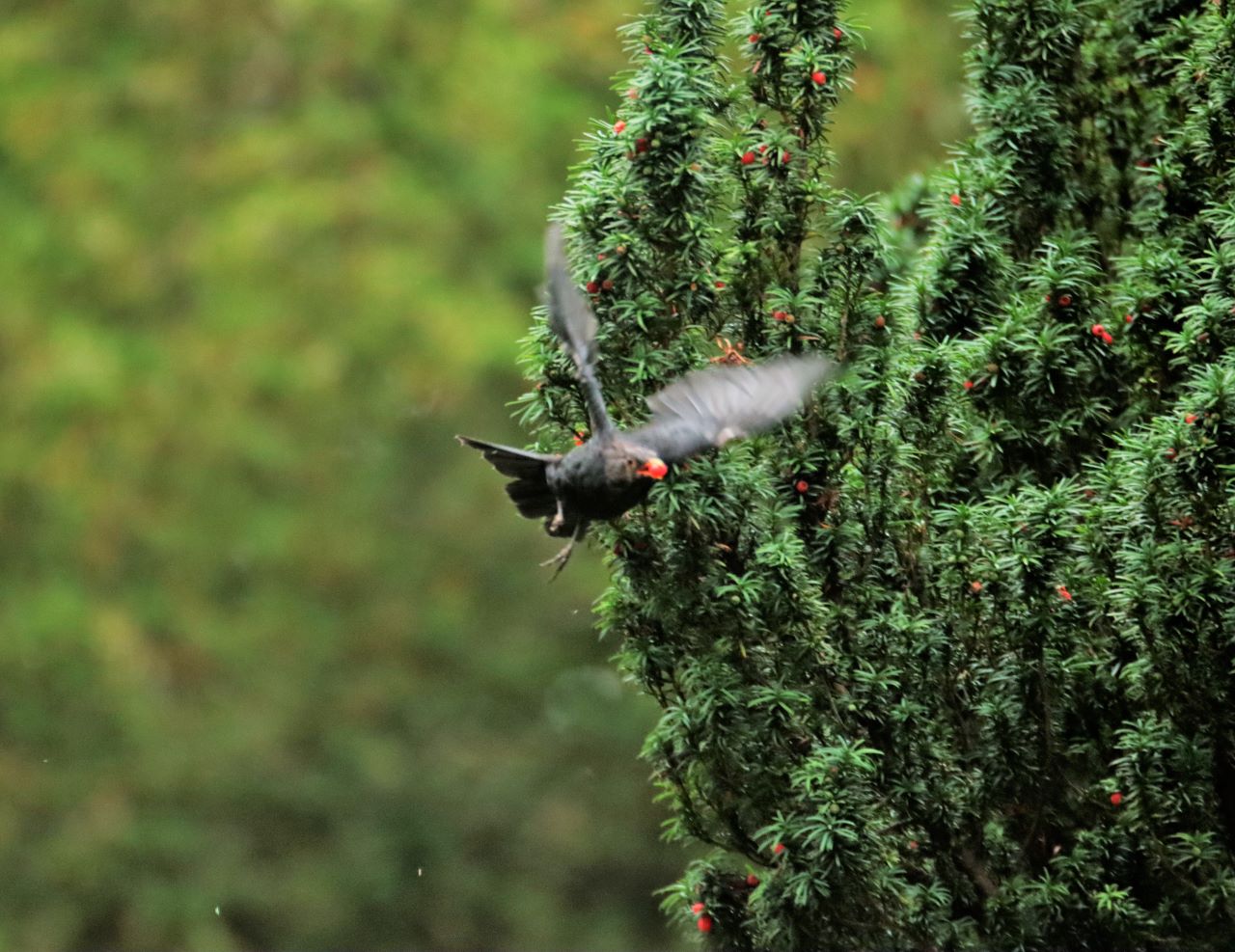
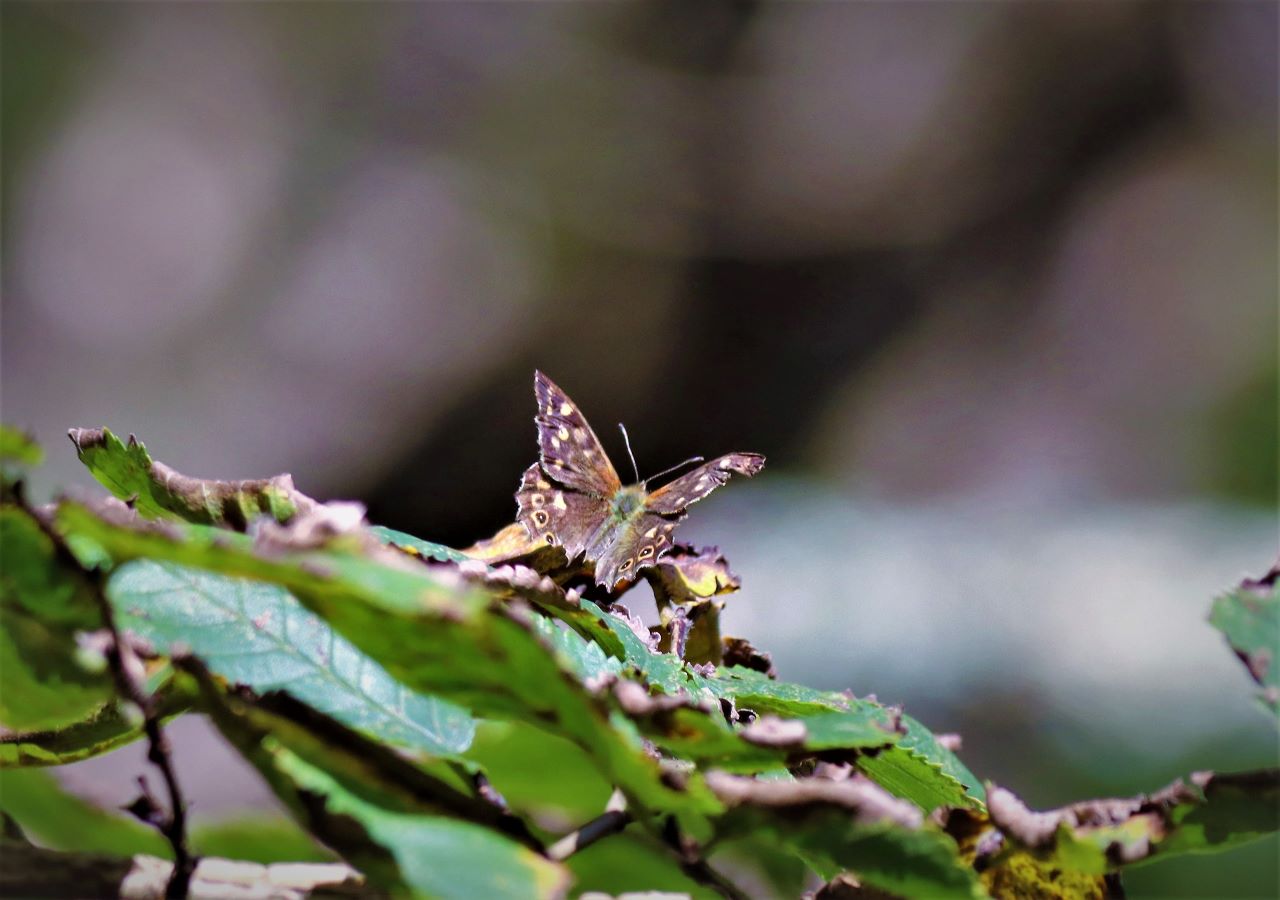
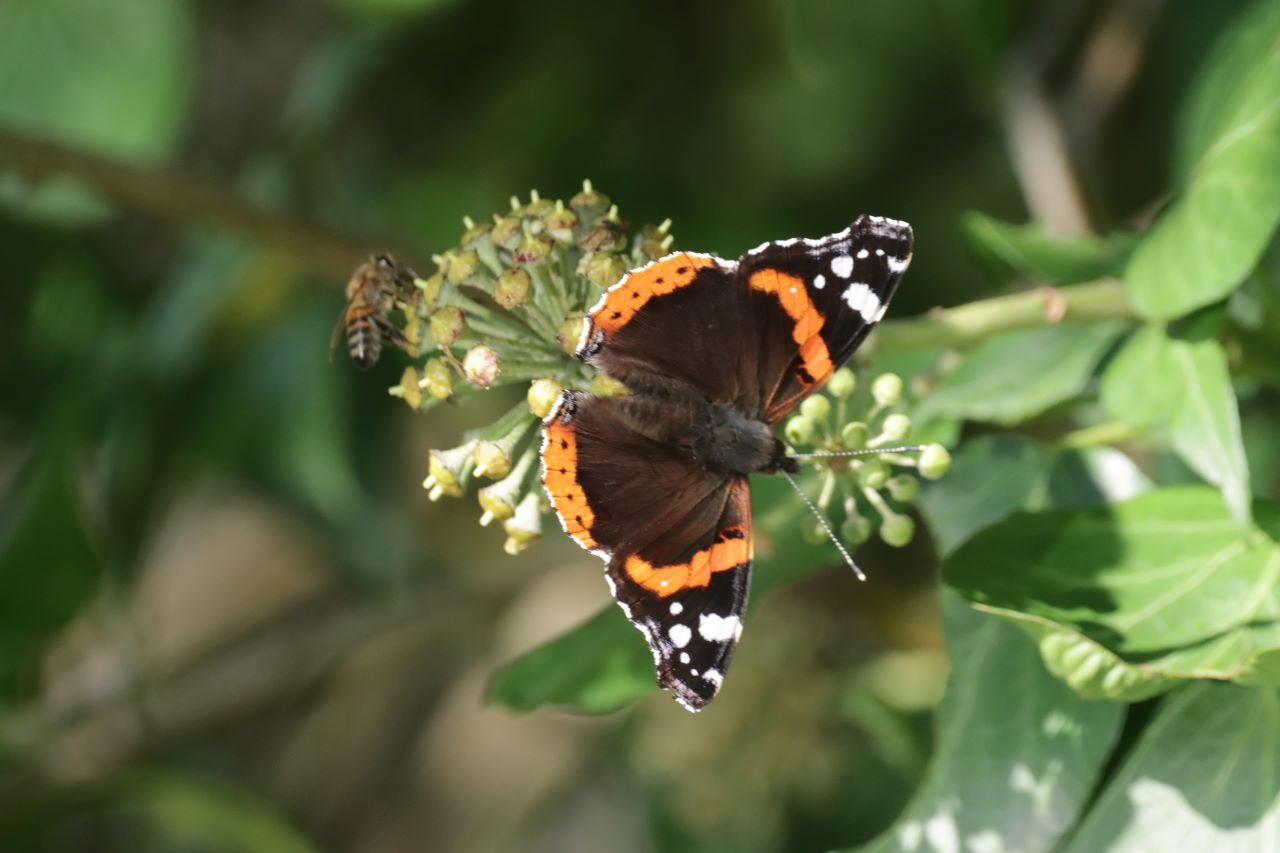

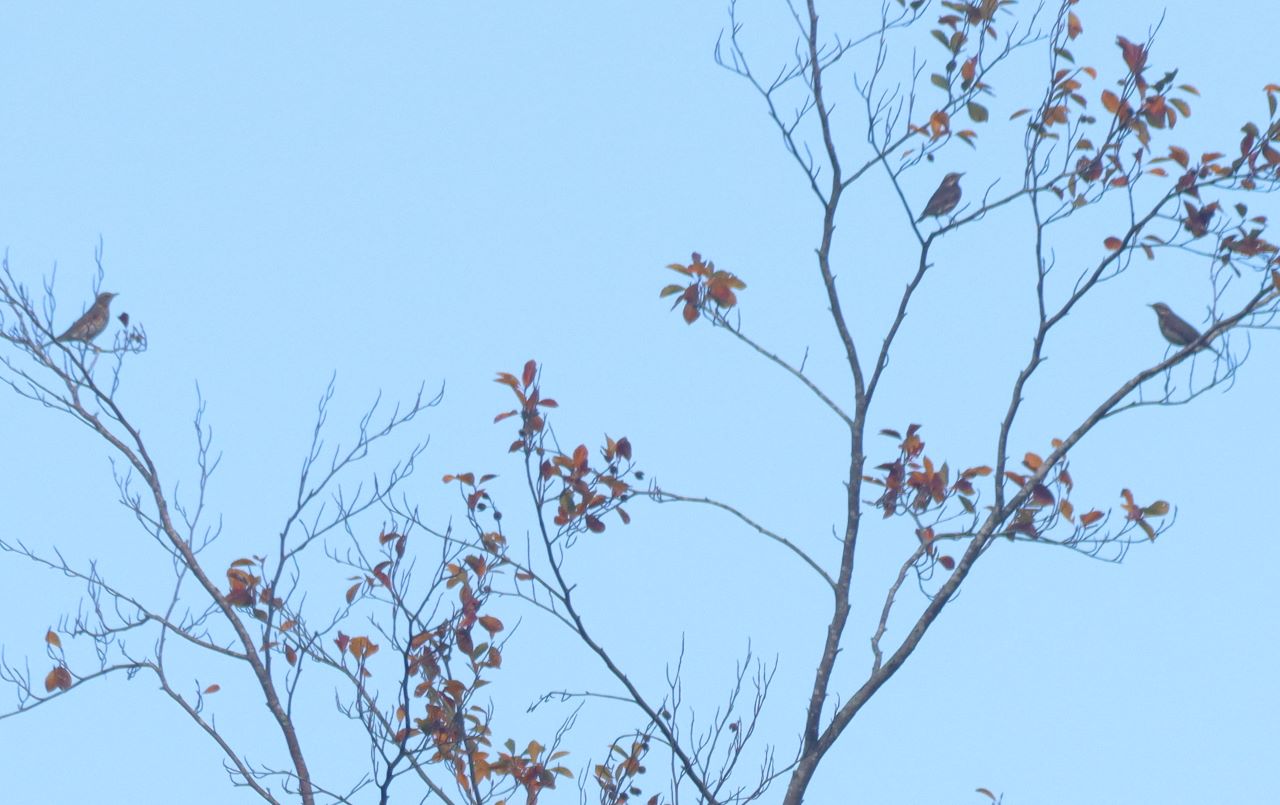
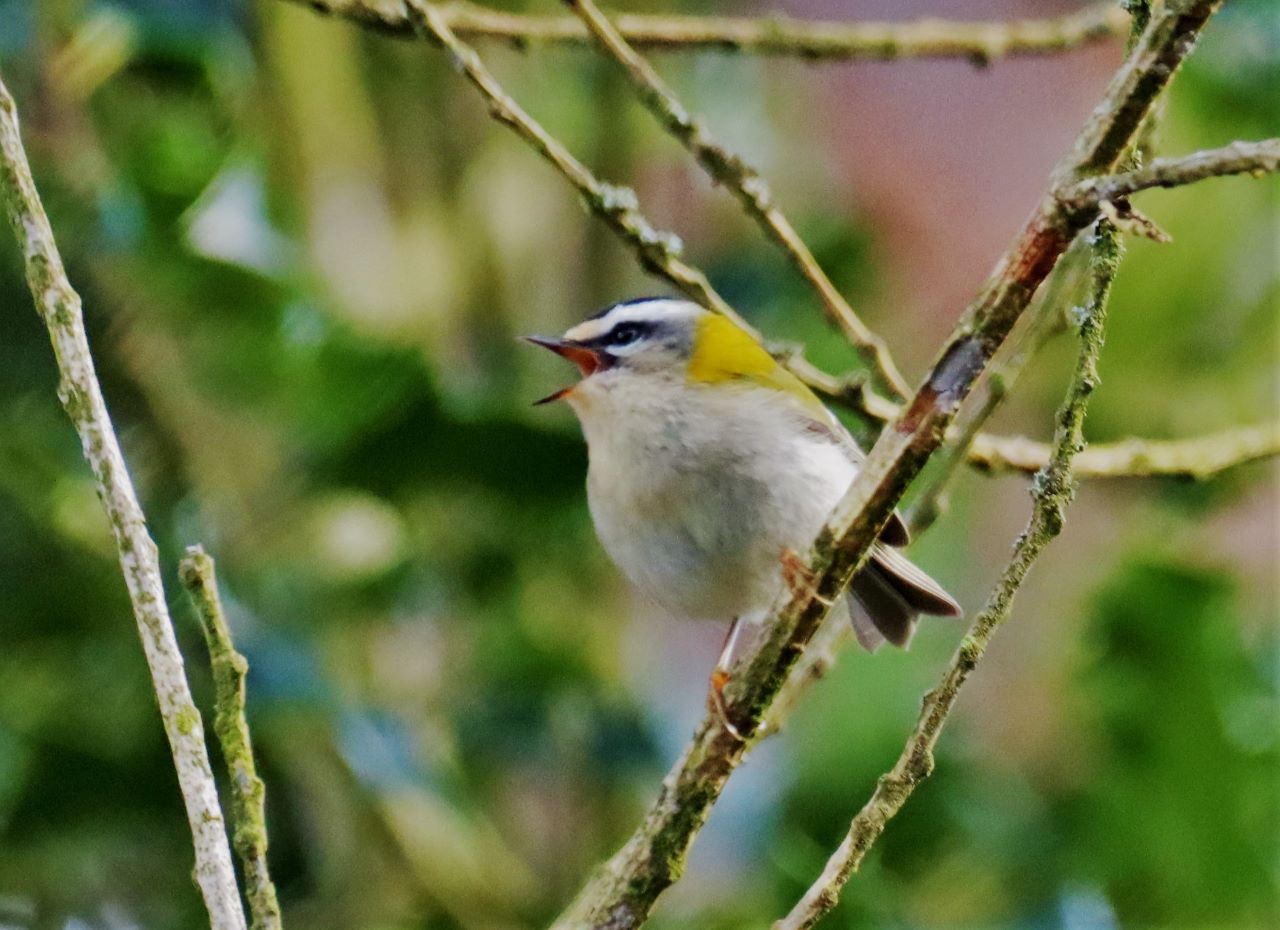

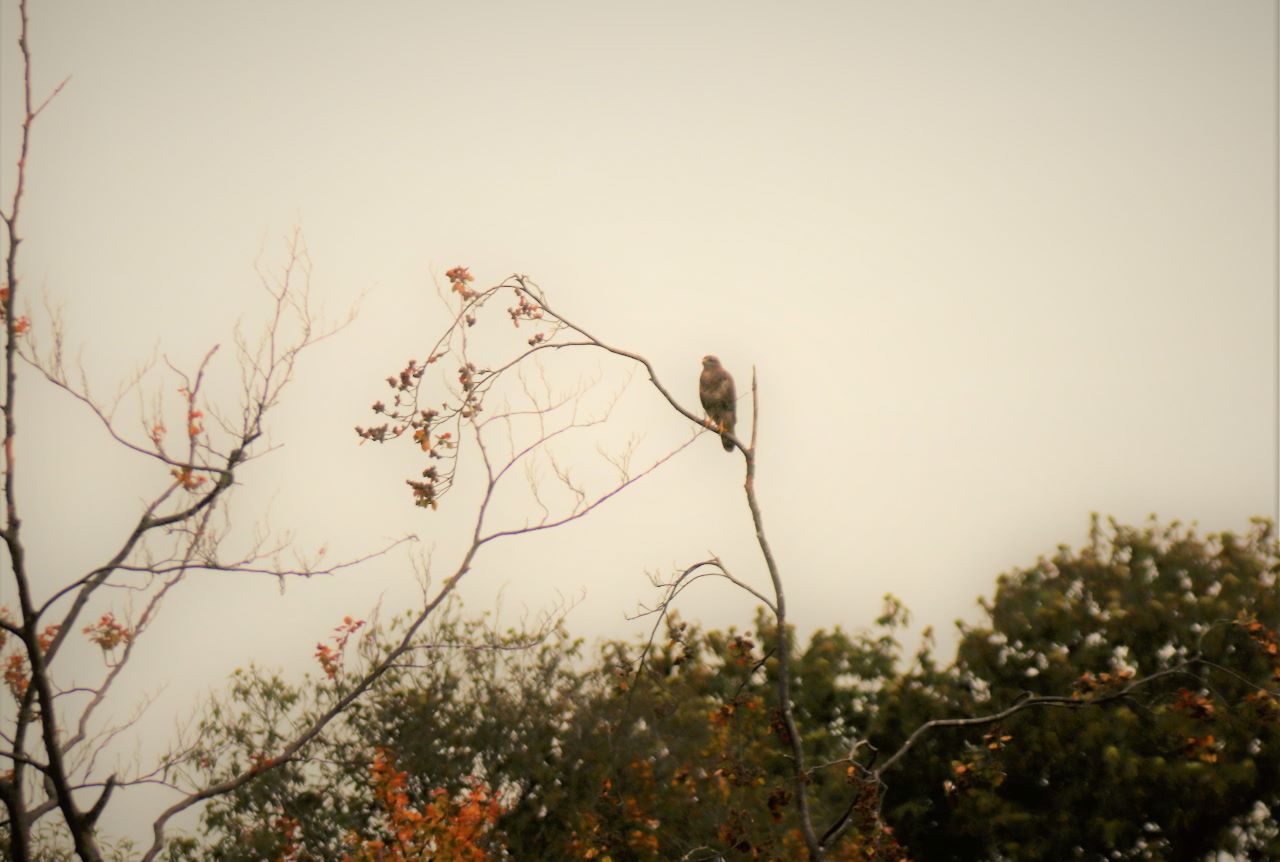



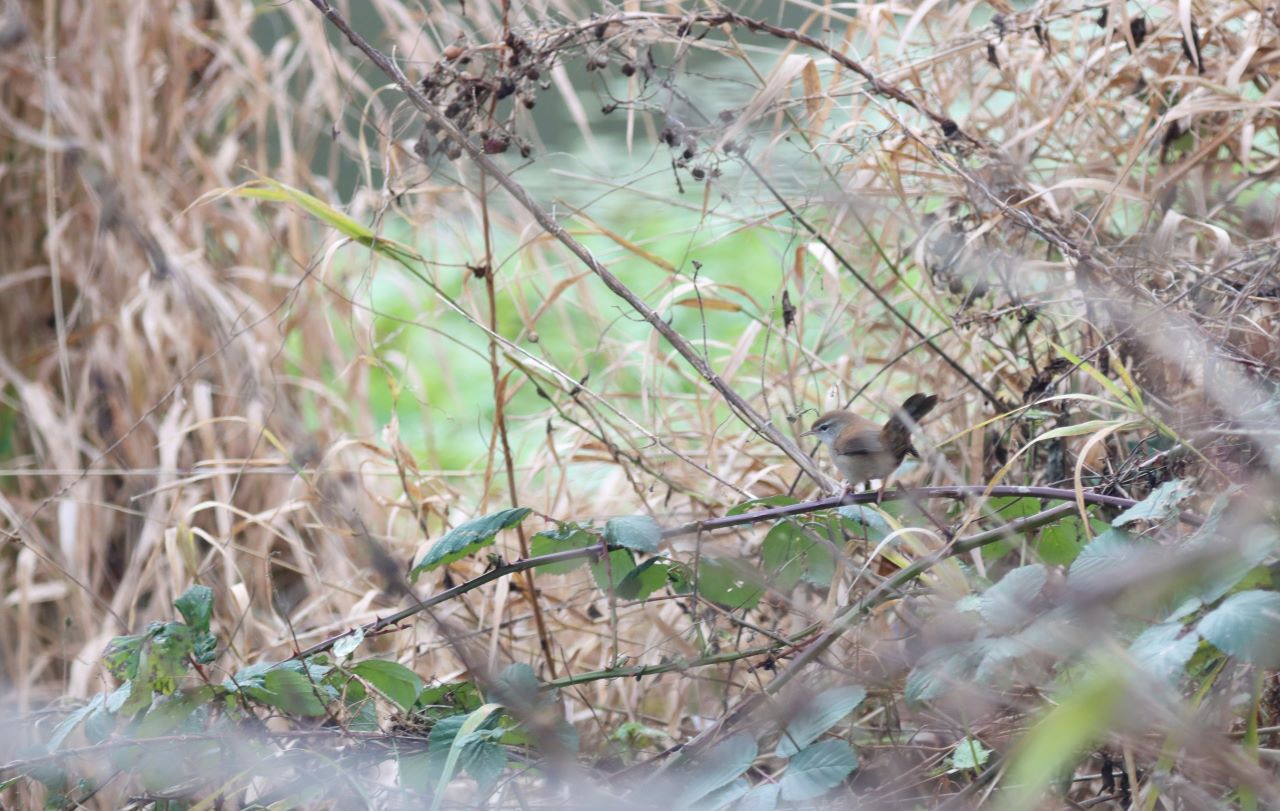
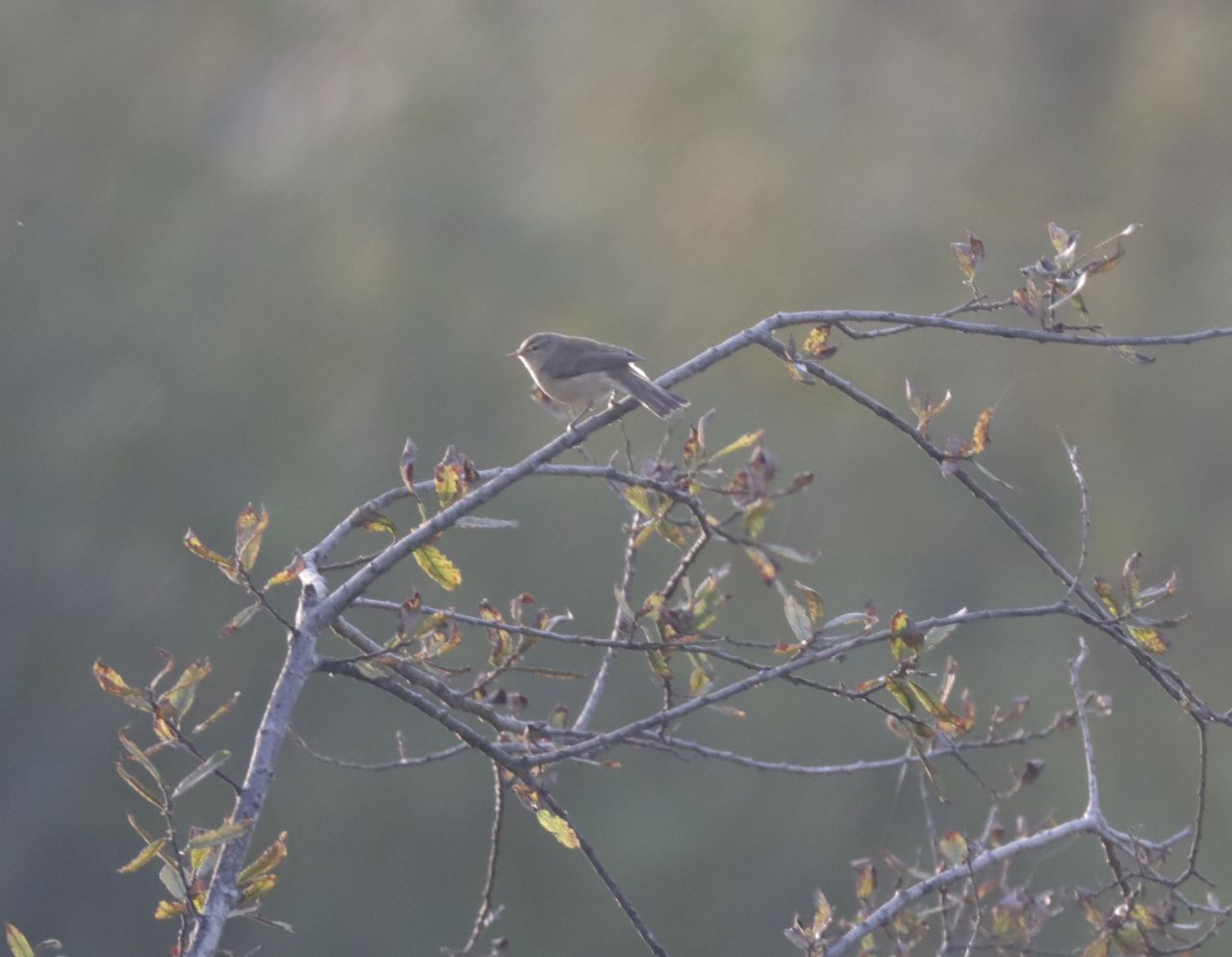








Paul Mattos
October 21, 2021 at 8:11 am
Great report. I wasn’t aware of the Cetti’s at Riverside Park.